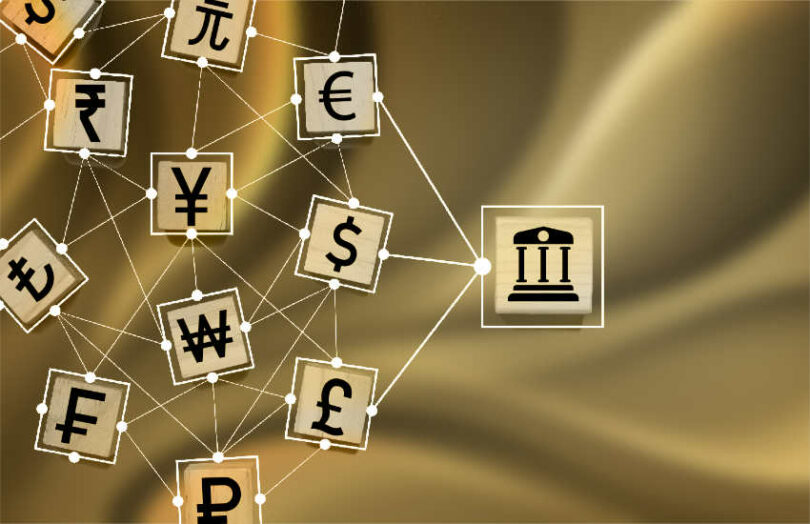A panel at today’s Citi Digital Money Symposium explored the Regulated Liability Network (RLN), a big idea in which central bank money could coexist on the same shared network as bank deposit tokens and possibly regulated stablecoins. While the RLN is not an exclusively Citi project, it was conceived by Citi’s Tony McLaughlin. At today’s event, he observed that the dawn of digital currency means that ‘messaging is done’ when it comes to payments.
McLaughlin started by clarifying that today’s payments involve messaging and settlement. He observed that people often incorrectly blame SWIFT for slow cross border payments, but it is rarely SWIFT’s fault. SWIFT is purely a messaging system with banks doing the settlement, and the delays relate to the settlement, not the messaging. The Regulated Liability Network is quite different because it aims to be a settlement layer.
“The blockchain community would have you believe that when a transaction takes place on a blockchain, settlement has been achieved. It has not been achieved,” said McLaughlin. “Because settlement is a legal construct, it’s not a technological construct.” To address DvP (delivery versus payment) and enable the settlement of tokenized securities, you need a construct that can achieve settlement and supports multiple currencies and assets. “That’s an infrastructure that does not currently exist today,” he added.
“The next step, I think, is to conceive of infrastructures potentially using shared ledger technology that solves for settlement because, frankly, messaging is done,” said McLaughlin.
SWIFT is part of the Regulated Liability Network
Next to him was sitting SWIFT’s Head of Innovation, Nick Kerigan. Messaging network SWIFT is an important partner in the RLN and is one of the participants in the RLN trials with the New York Federal Reserve.
Last year SWIFT unveiled a CBDC interoperability trial that heavily used messaging, and we argued that the objective of next generation money is to merge the message and the settlement. However, we were harsh. SWIFT’s goal is not purely to enable interoperability with new forms of money but also with existing payment systems that will coexist for many years to come. As the current monetary system works on messaging, interoperability requires messaging. For now.
There’s an argument that SWIFT might be the most natural operator of the RLN (our observation, not the panel’s), barring its affinity for messaging. However, through no fault of its own, the use of SWIFT as a sanctions tool puts it at a disadvantage for a global network. Sanctions are one of the drivers behind China’s involvement in the MBridge DLT network for cross border payments.
Circling back to the Citi event, Kerigan responded to McLaughlin’s statement by observing that given the relative efficiency of messaging, “the settlement part of it is the bit that needs to be as fast, efficient and 24/7 as the messaging piece.”
Kerigan continued, “That’s why we’re keen to collaborate on the RLN. Could you have a setup that is end-to-end, moving at speed and does that equally on a Sunday night as it does on a Wednesday during the day?”
Mastercard’s Martin Etheridge added that payments are more than purely settlement. Referring to functions such as AML, consumer protections and network onboarding standards, he said that settlement is “just one part of that payment experience.” Mastercard is also part of the RLN tests with the New York Federal Reserve.
Etheridge noted that the RLN collaboration between partners “is because we all have a different perspective about how you actually make payments work for customers.”
That is a valid observation. But the race for the future of money is well underway, so time is not on RLN’s side. When McLaughlin first unveiled the RLN concept 18 months ago, he referred to “the digital money format war“. The challenge is how to move sufficiently quickly to have a place on the battlefield while balancing the different perspectives of many participants.
Footnote: Two comments hinted that it is not certain that the RLN will use blockchain. McLaughlin referred to ‘potentially’ using shared ledger technology. And Mastercard’s Etheridge made a comment that the business case should be decided first then the tech, not the other way around. Currently the tech partners are blockchain firms SETL and Digital Asset, although Digital Asset’s DAML also works with centralized databases.







